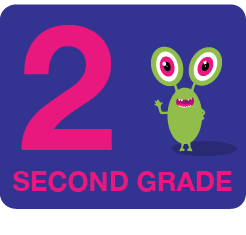In this workbook, students will learn about adverbs, circle the verb in sentences, and underline the adverb. The English Common Core L.2.1.e standard for second graders is centered around introducing and using adjectives and adverbs. It is designed to give students a deeper understanding of these crucial parts of speech and how to distinguish between them. It also equips them with skills that will help them use these components properly in their writing and speech. The standard aims to improve the students' narrative skills, enabling them to craft more descriptive and detailed presentations.
Adverbs and verbs serve distinct functions within a sentence. Verbs are words that represent actions, states, or occurrences, such as "run," "is," and "happen," and they form the core of predicate structures in clauses. Adverbs, on the other hand, are words that modify verbs, adjectives, or other adverbs, providing additional information about how, when, where, or to what extent something happens; examples include "quickly," "yesterday," and "very."
The primary difference between the two lies in their roles: verbs are the action or state words that drive the sentence's main idea, while adverbs add descriptive depth and nuance, elaborating on how those actions or states occur. In essence, verbs tell us what is happening, while adverbs enhance that description by specifying the manner or context of the action or state.
Mastering Adjectives and Adverbs Workbook
GRADES:



